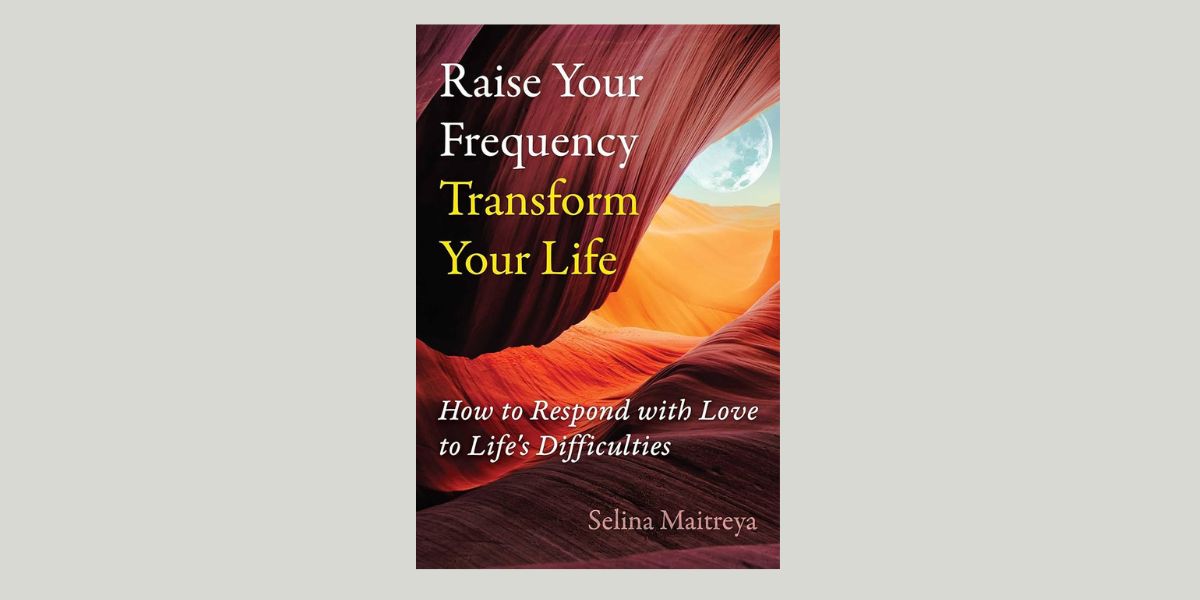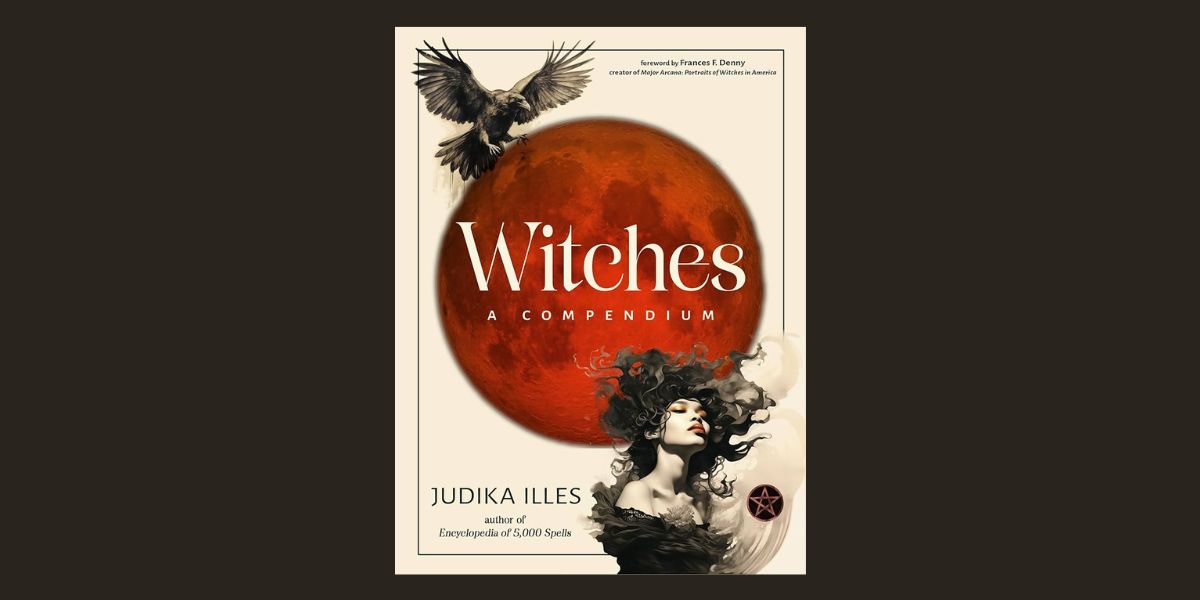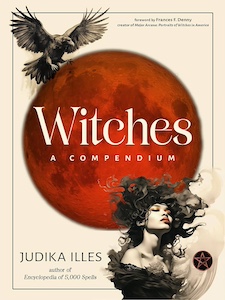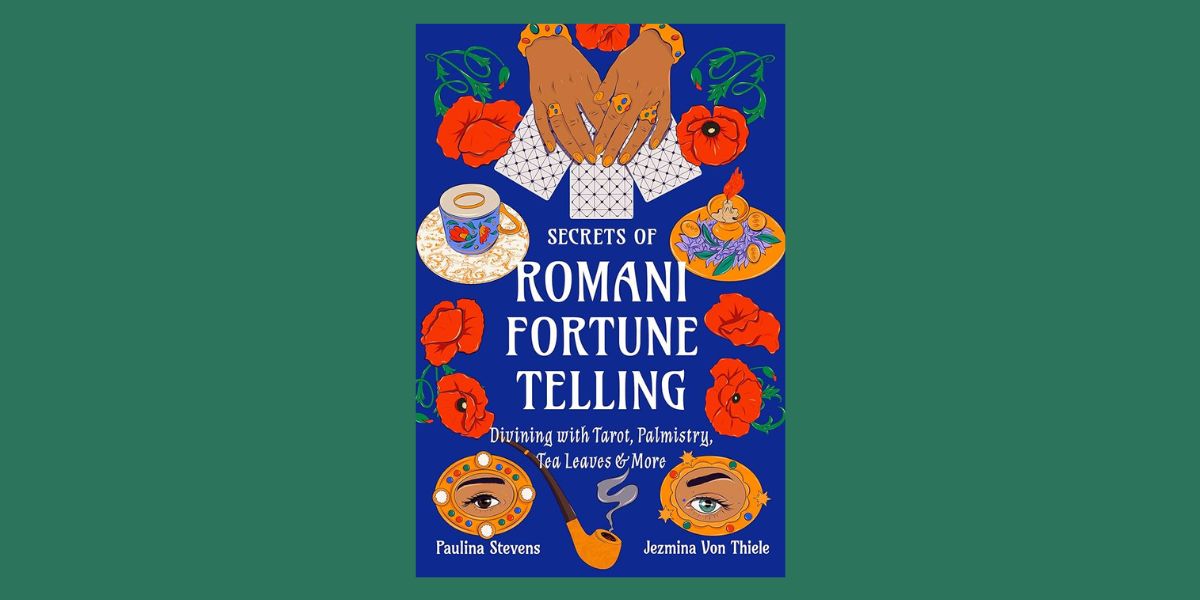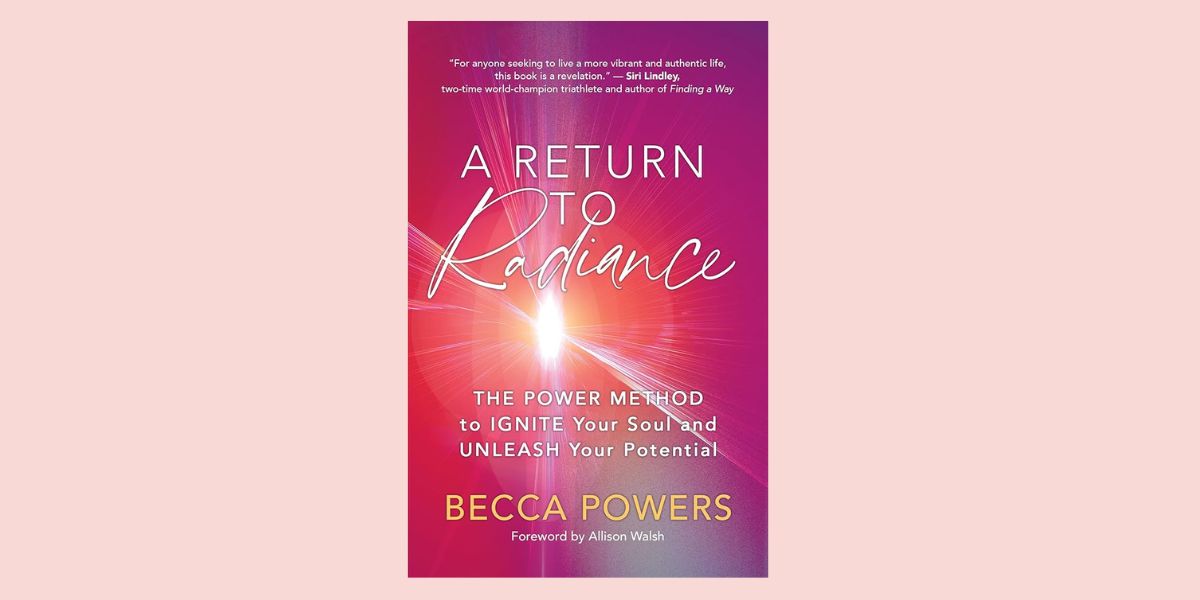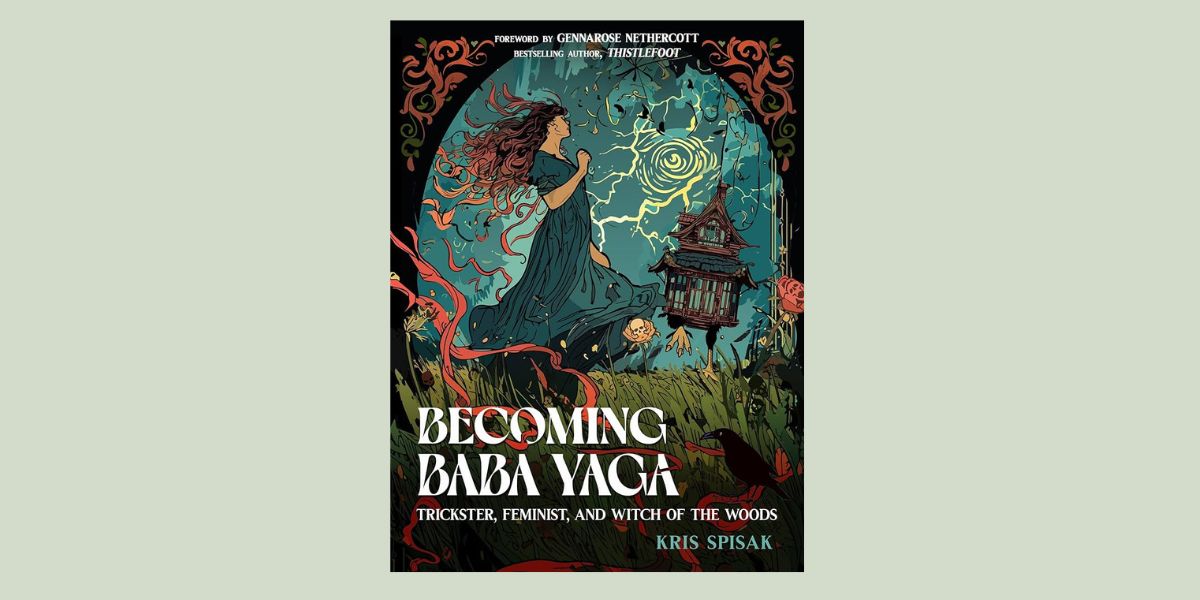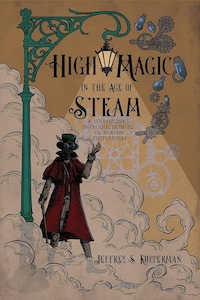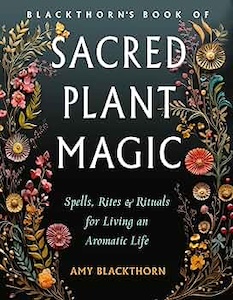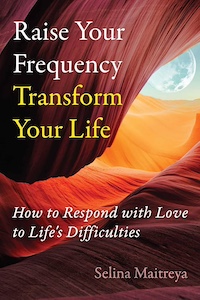
Raise Your Frequency, Transform Your Life: How to Respond with Love to Life’s Difficulties, by Selina Maitreya
Destiny Books, 979-8888500460, 208 pages, June 2024
Raise Your Frequency, Transform Your Life: How to Respond with Love to Life’s Difficulties by Selina Maitreya is a compelling guide to elevating one’s personal energy levels to achieve greater well-being and fulfillment. Maitreya, a well-respected spiritual teacher and intuitive, combines her profound knowledge and experience to offer practical advice and transformative exercises.
The book is divided into several sections, each focusing on different aspects of raising one’s vibration. Maitreya begins by explaining the concept of frequency and how it relates to our everyday lives. Her encouraging words remind readers they have the power to control how they respond to life’s circumstances, especially once they understand their own spiritual nature as “a multidimensional being filled with frequencies that can be simply defined as both high (Oneness, higher consciousness wisdom, love) and love (fear, judgment, anger, jealousy, lack) energies working within a dense, solid form: your physical body.”1
While many might focus on thinking good thoughts or evoking positive emotions, Maitreya teaches that it’s our energetic frequency that is the most important tool for guidance. Just like our behaviors, we develop frequency response patterns throughout our lives, which often stems from our unconscious fears and conditioning. But with the tools offered in this book, new habits of high-vibrational frequency responses can be achieved, transforming the reader’s life in the process.
Topics covered in this book include how to develop the awareness necessary to fine-tune your frequency, using fear as a tool for transformation, tackling resistant patterns that keep you stuck, cultivating self-care and love, understanding and overcoming triggers, and practical techniques to shift one’s vibration and remain in a higher frequency day-to-day no matter what life throws your way.
One of the strengths of the book is its actionable steps. Maitreya doesn’t just present theories; she provides readers with tangible practices to implement in their daily routines. From meditation techniques to mindful breathing exercises and prayer, the book is filled with tools that can be easily integrated into busy lives. Maitreya emphasizes the importance of self-awareness and self-care. She encourages readers to conduct an honest assessment of their current energy levels and to identify areas where they may be leaking energy. This introspective approach allows for a personalized journey towards higher frequency living.
“When you choose to respond to low-vibrational experiences from Oneness you completely transmute the frequency of what has arrived in your life. You literally change dark to light, and you begin the journey of reclaiming your gift of peace, neutrality, and abundance.”2
The writing style of this book is both inspiring and comforting, making readers feel supported and understood. Maitreya’s compassionate voice shines through, creating a sense of connection and trust. Her anecdotes and real-life examples add a personal touch that make the content relatable and motivating. Plus, besides individual practices, the book also explores how raising one’s frequency can positively impact relationships and community interactions. Maitreya illustrates how higher energy levels can lead to more harmonious and fulfilling connections with others, enhancing the overall quality of life.
This book was a very helpful read as I was moving through a transition in life. It helped shift my perspective, moving from confusion and frustration into acceptance and excitement, which made the situation overall a lot better. I’ve enjoyed reflecting on Maitreya’s wisdom, especially when the news comes on and anger or fear starts to take over. Utilizing the techniques in this book, I am able to find my own vibration again and open to the frequency of peace, grace, and unity.
Overall, Raise Your Frequency, Transform Your Life is a valuable resource for anyone looking to elevate their personal energy and transform their life. Selina Maitreya’s insightful guidance and practical advice make this book a must-read for those on a path of personal growth and spiritual development. We have so much power within us that grows as our awareness expands to focus on the unity and Oneness in life.
Anne Greco is a non-fiction writer who writes about her life experiences and travels with humor, keen observations, and the hope that her words will remind us that “we’re all just walking each other home.” Her book, Serendipity: Chance Pilgrimages, tells the story of Anne encountering her places of power. As she reconnects with herself at each site, Anne also develops a deeper understanding and appreciation of her connection to both the seen and unseen worlds. Learn more about her work here: http://annegrecowriter.com.
